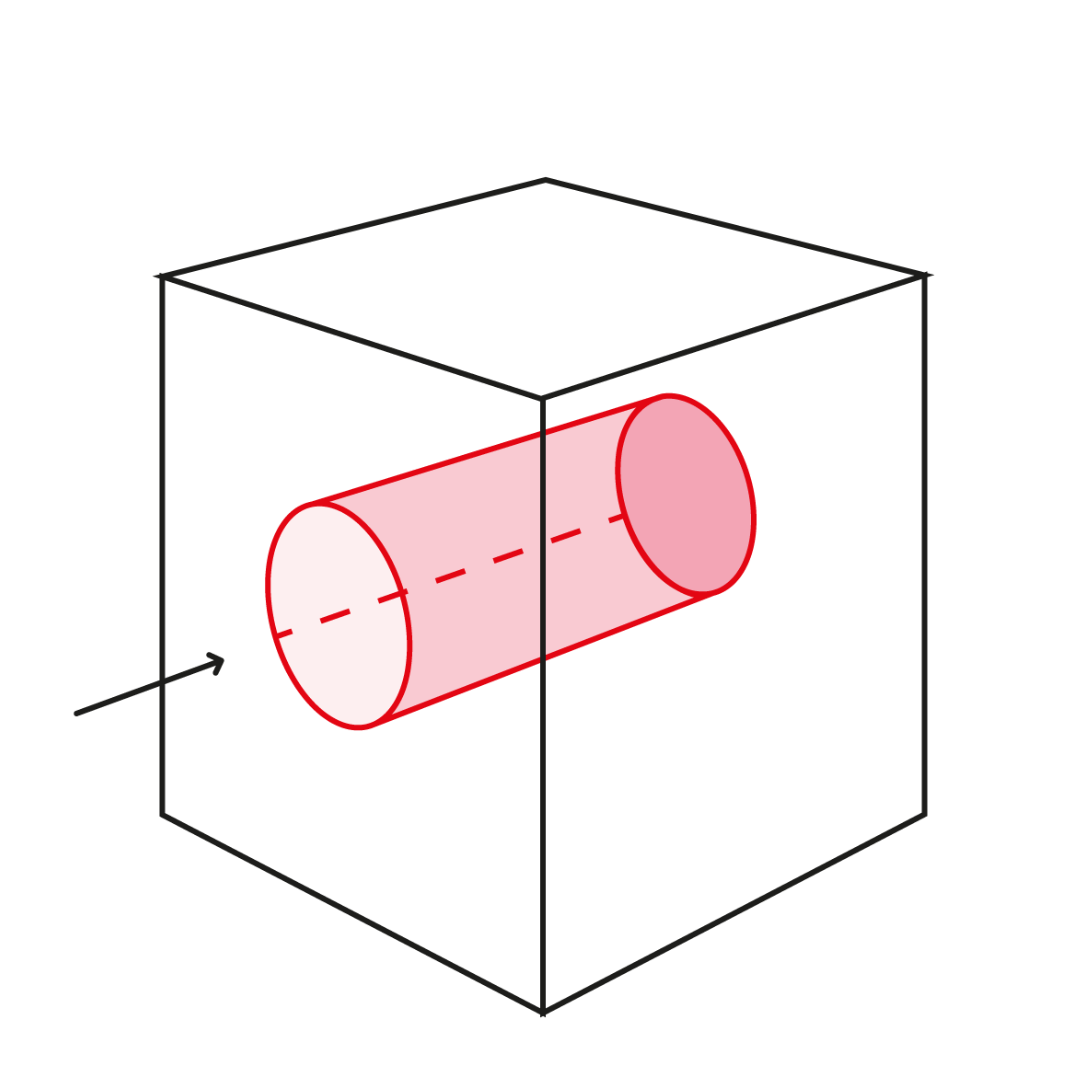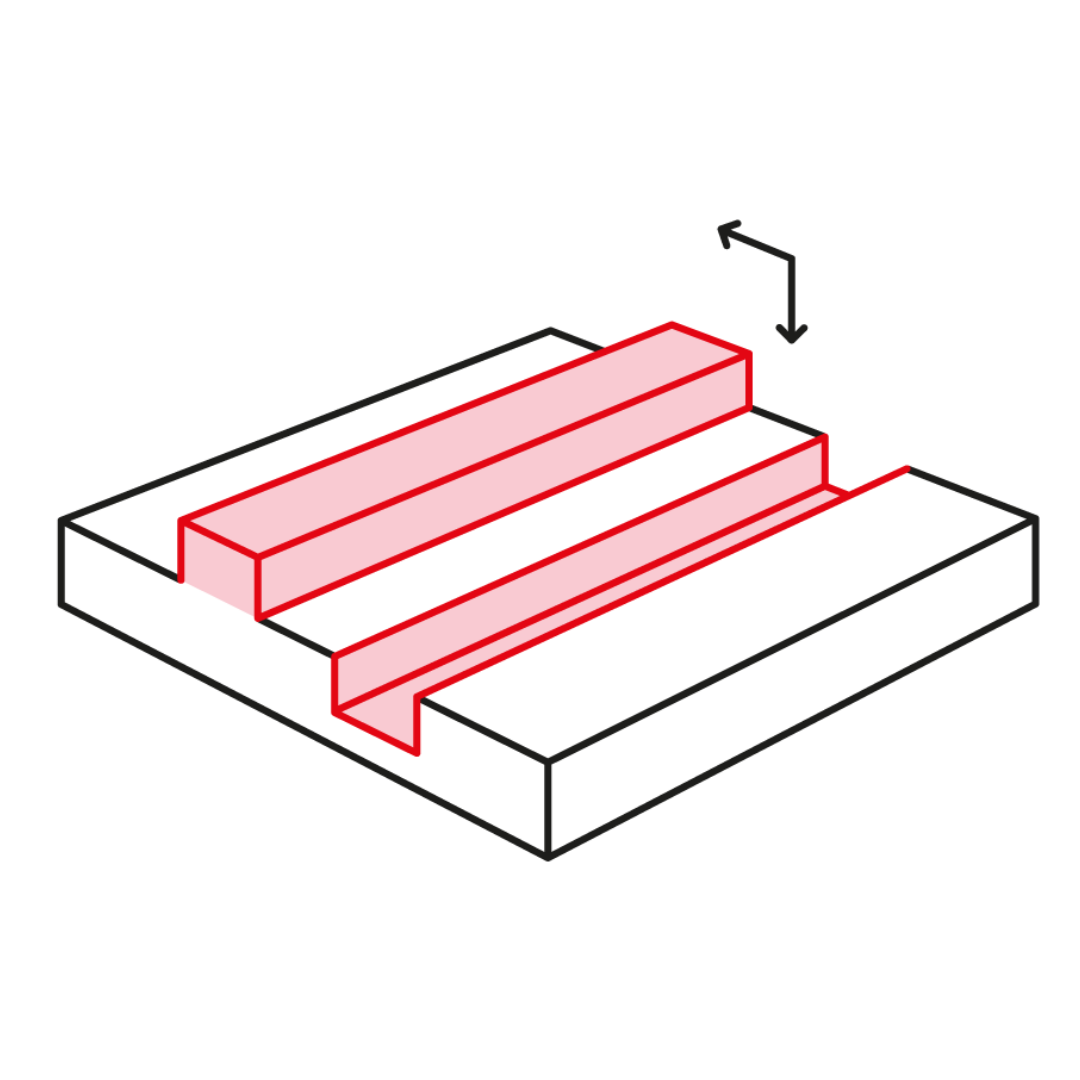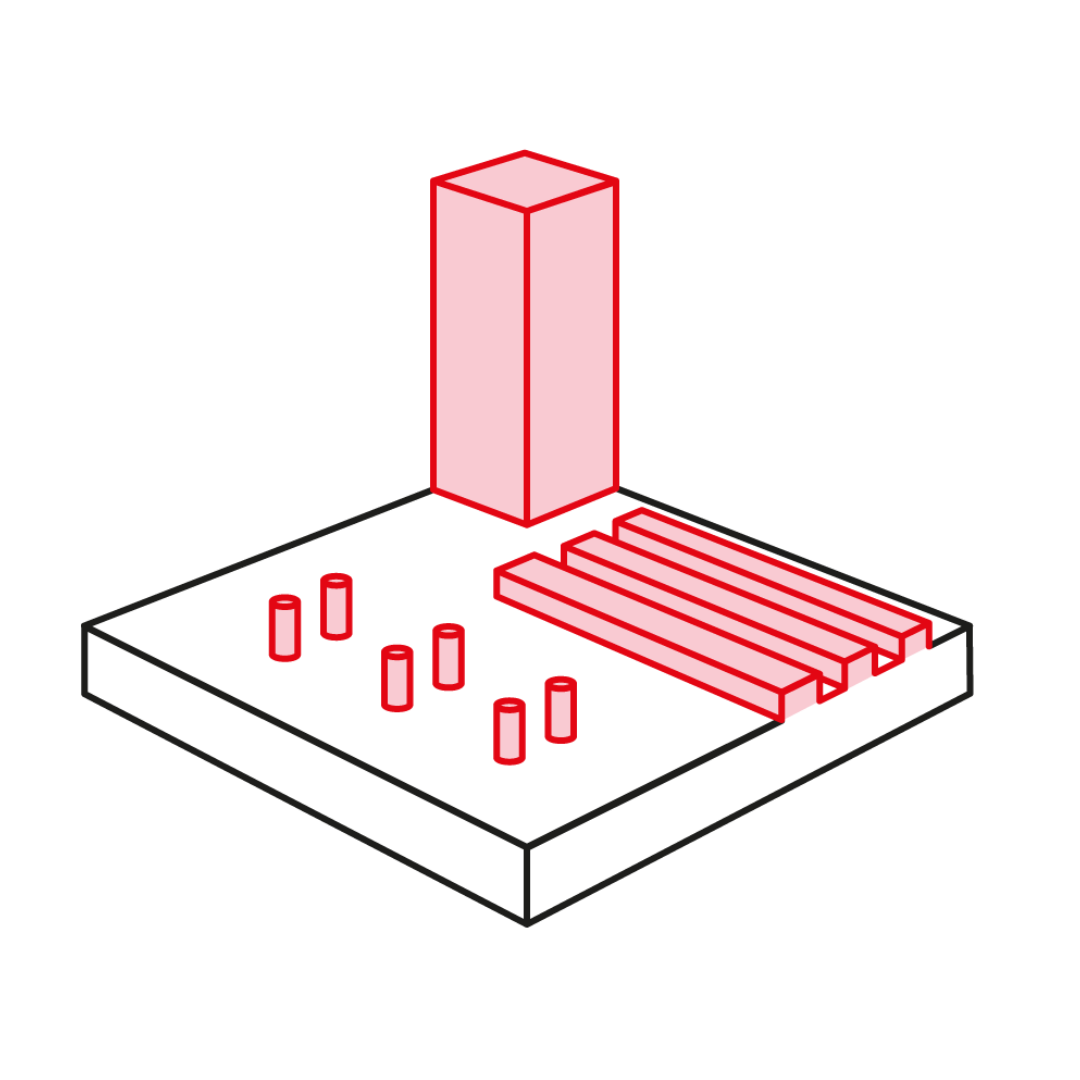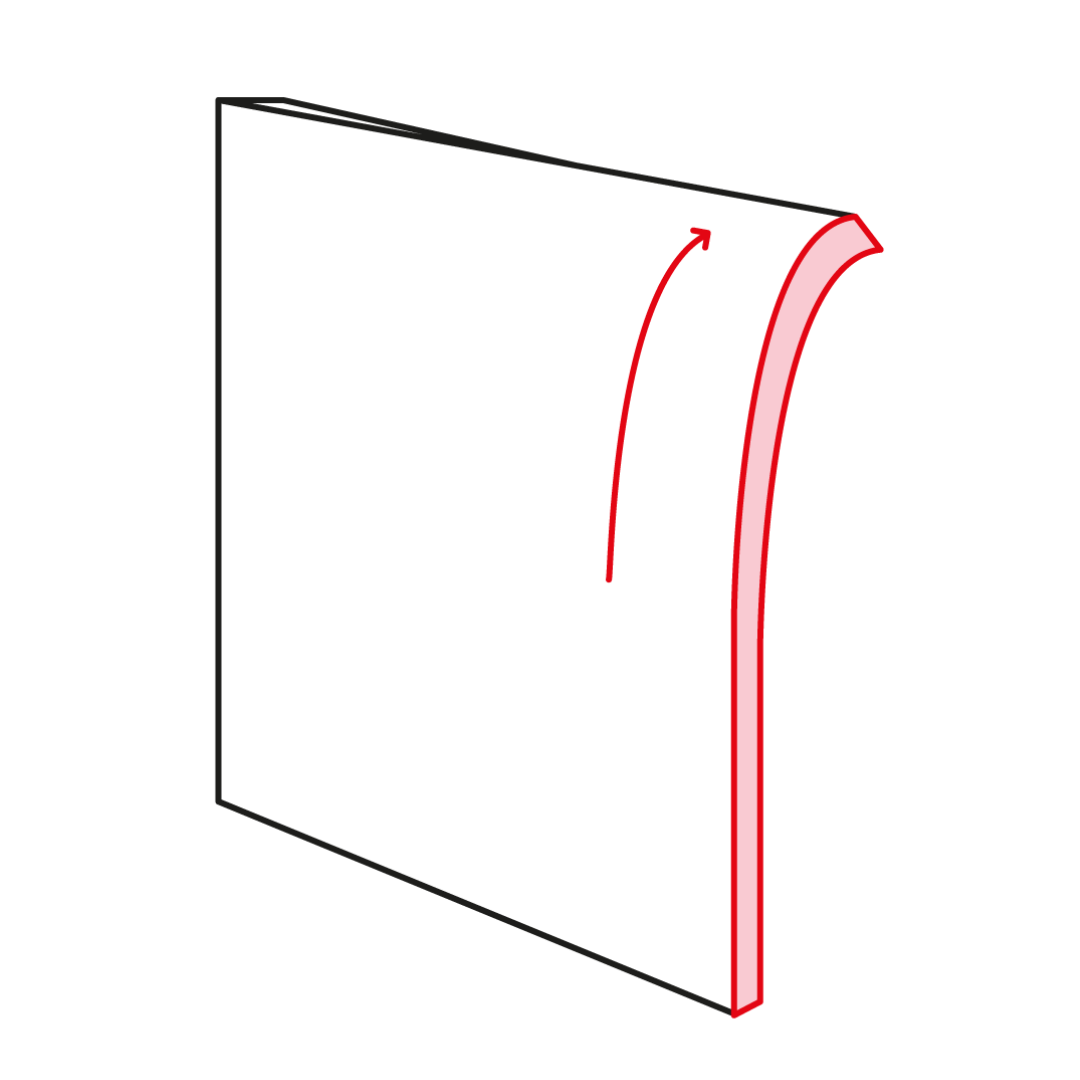Three reasons to invest in post-treatment for 3D printing
There is far too little talk about post-treatment of 3D prints. However, it not only makes the part or product better, it also helps it stand out from the competition in the market. As 3D printing is increasingly used in many companies, a basic level is no longer sufficient. As more and more printed parts are used as end products, their appearance, durability and features are becoming increasingly important. In this blog, we give you three reasons why you should use post-treatment.
Read more










